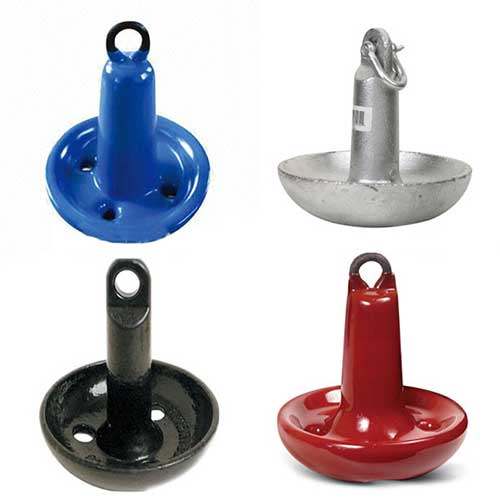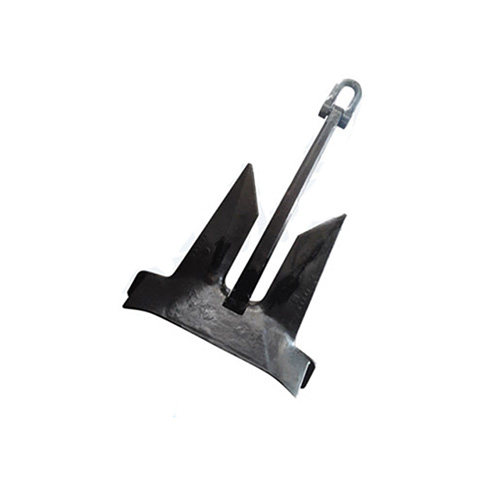Why Choose Marine Anchors
An anchor refers to nautical or marine equipment intended to restrict vehicle or structural movement in the water. Anchors achieve their purpose by either using their weight to hold structures in place, clamping on to the bed of the waterbody, or using a combination of both these techniques.
Mushroom anchors
Mushroom anchors, as the name suggests, are shaped like inverted mushrooms, with the head being laid in the sea or ocean bed. This style of anchor utilizes its weight, suction power and relative friction between the bed and anchor head to keep itself firmly attached to the strata of the ocean floor. However, it only works in conditions when mud, silt, or sand are prevalent on the floor of the ocean.

Other materials such as rock and sand are not able to provide the adhesion required to keep the anchor firmly attached to the ocean floor. The science behind how this system works is that the anchor uses a derived version of the Archimedes Principle on soft, granular or viscous media such as mud and sand.
While the strength provided by these anchors makes them very useful in restricting motion, they can only work in regions where the floor of the ocean or sea provides sufficient suction to drag down the anchor. This makes them ideal in regions close to beaches or lagoons.
High holding power anchor
High holding types are a class of anchors that are characterized by their High Holding Power (HHP) or Super High Holding Power (SHHP). These High Holding Power (HHP) anchors are used in the oil and gas industry to tether large semi-submersible structures or to hold down underwater pipelines running across the ocean bed or seafloor. Such anchors are considerably larger and heavier than their counterparts.

To be declared as a high holding anchor, they must exhibit strength and retention capabilities equal to twice the normal values of conventional anchors. The conventional anchor considered for reference purposes must be the same weight as the HHP anchor being tested. To achieve this tag, three tests must be conducted successfully, and the anchor must be tried in a minimum of three different types of soil. Compared to the previous two types of permanent anchors, this classification ensures that the anchor functions in any type of condition.
All products provided by YSmarines which is one of the leading marine anchor manufacturers in China, have been approved by ABS, LR, DNV, GL, BV, RINA, BKI, CCS, etc, high standard materials and the most competitive price guaranteed.
- Art
- Causes
- Crafts
- Dance
- Drinks
- Film
- Fitness
- Food
- Games
- Gardening
- Health
- Home
- Literature
- Music
- Networking
- Other
- Party
- Religion
- Shopping
- Sports
- Theater
- Wellness


